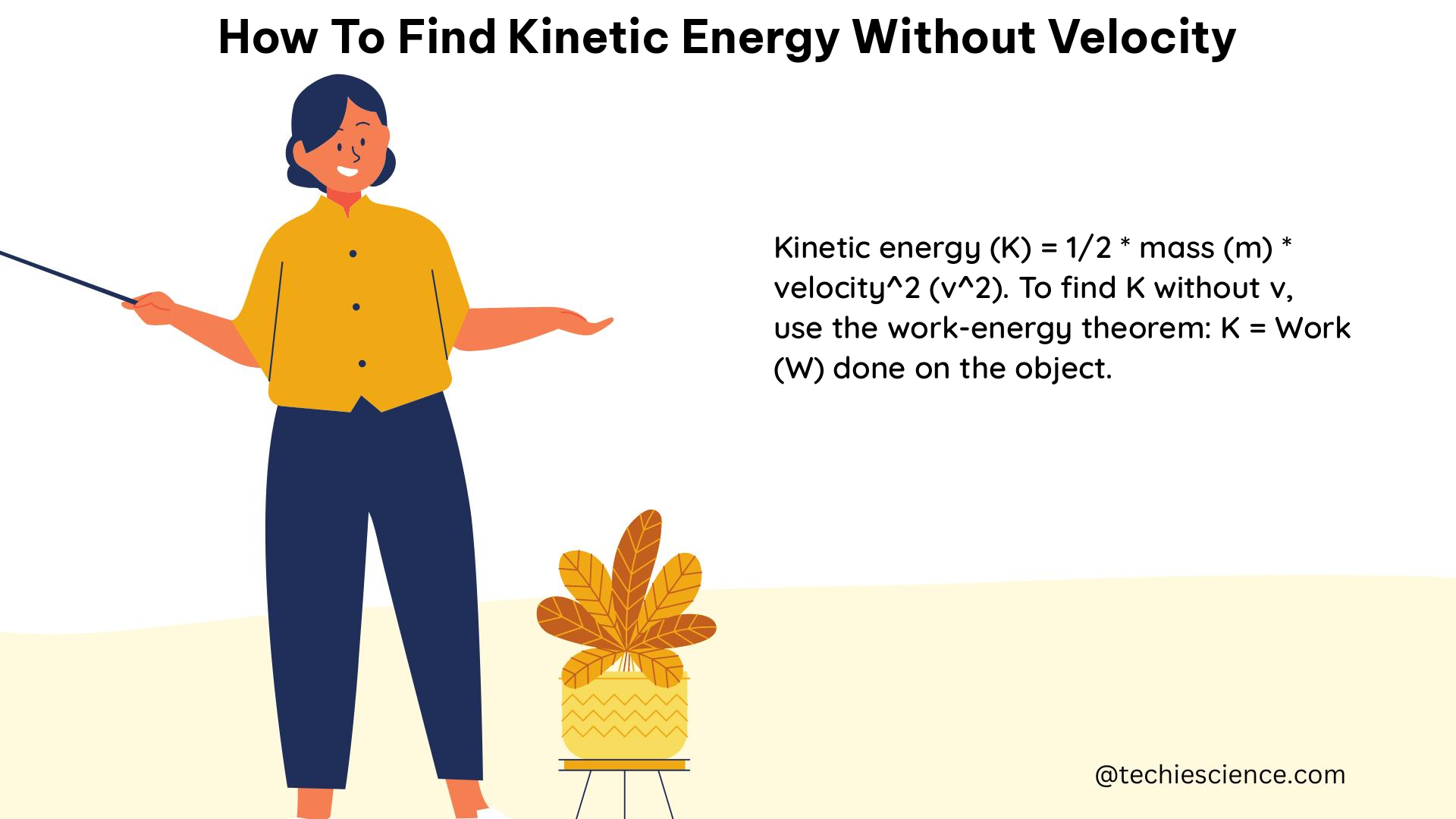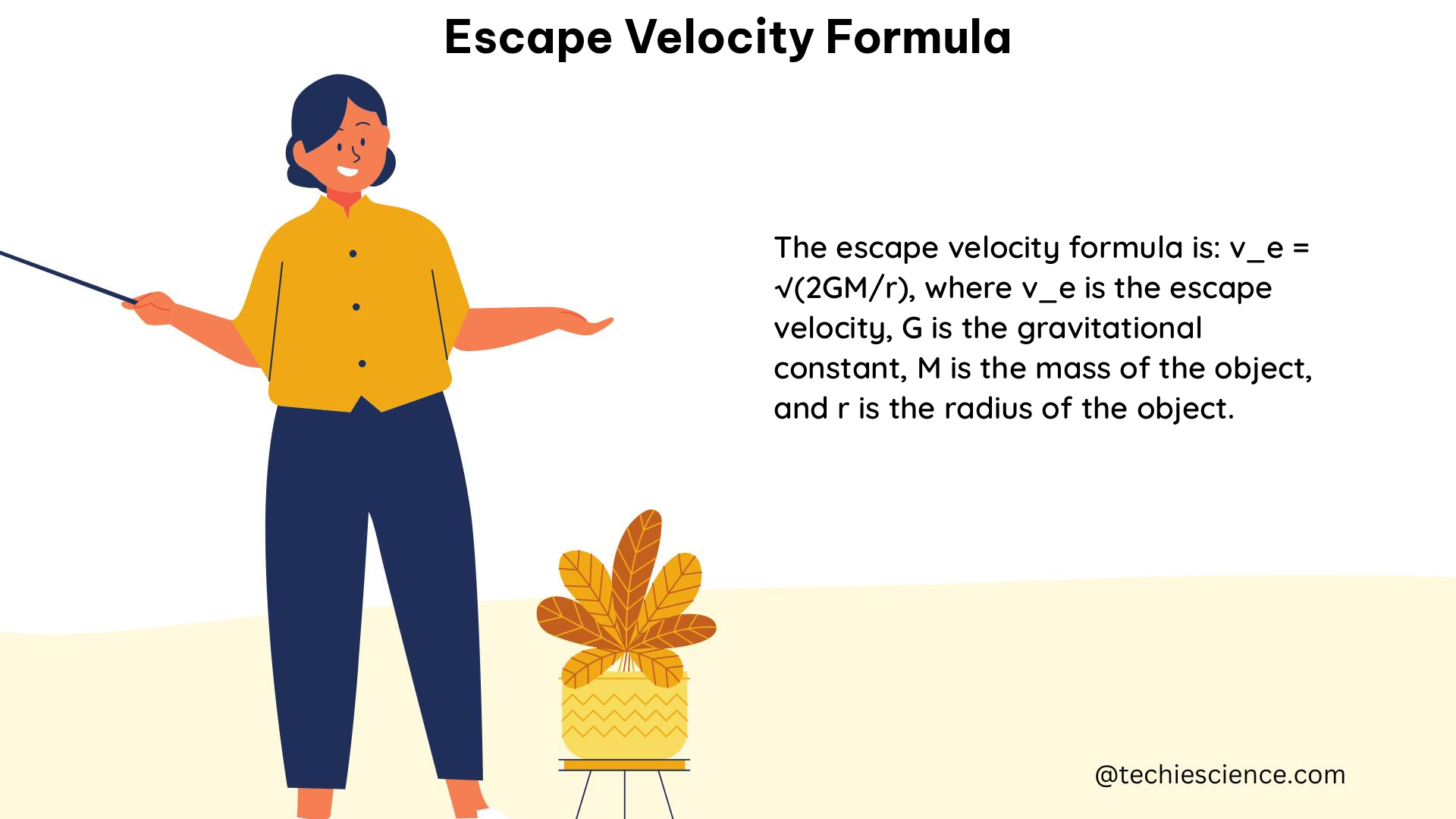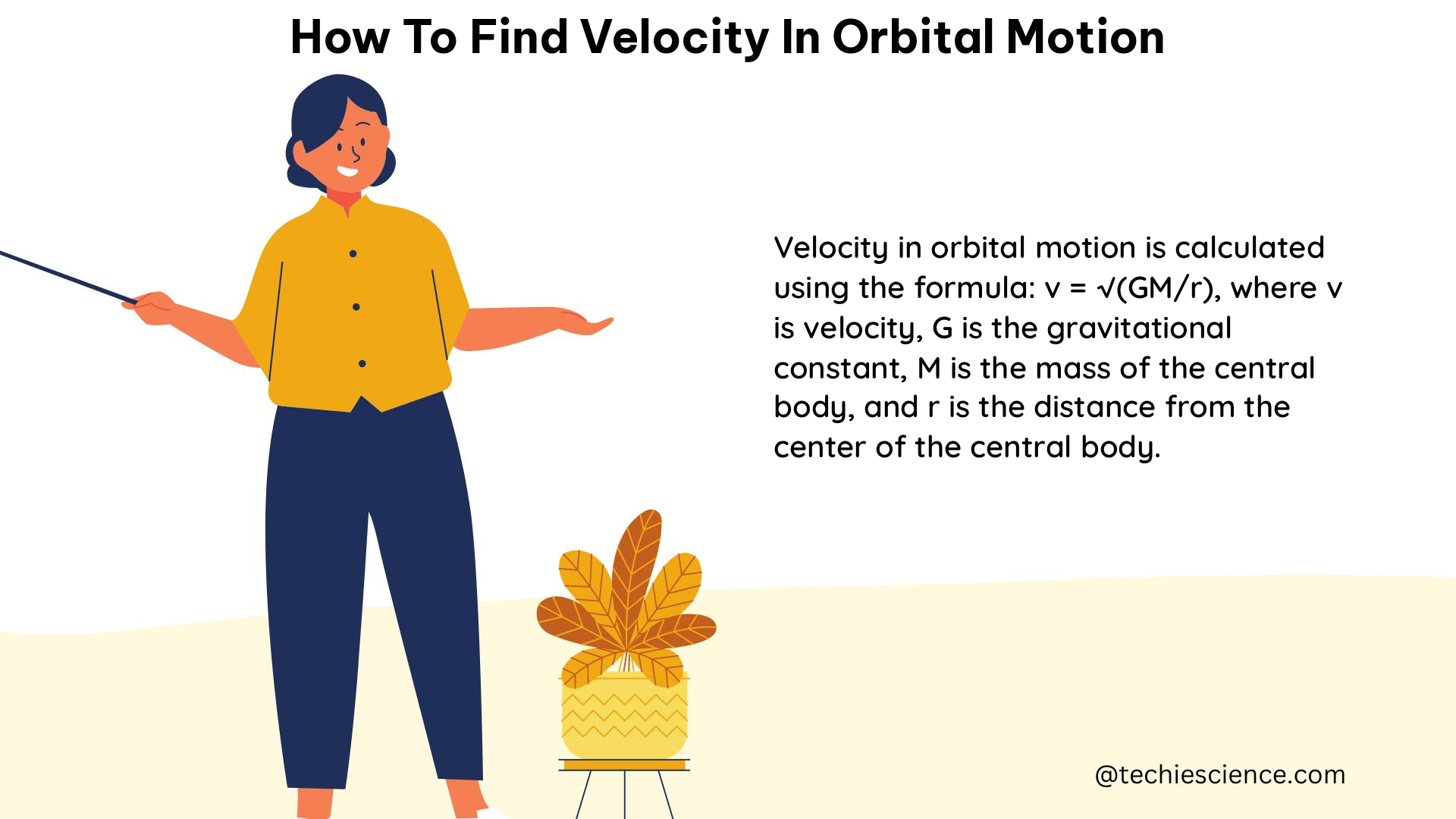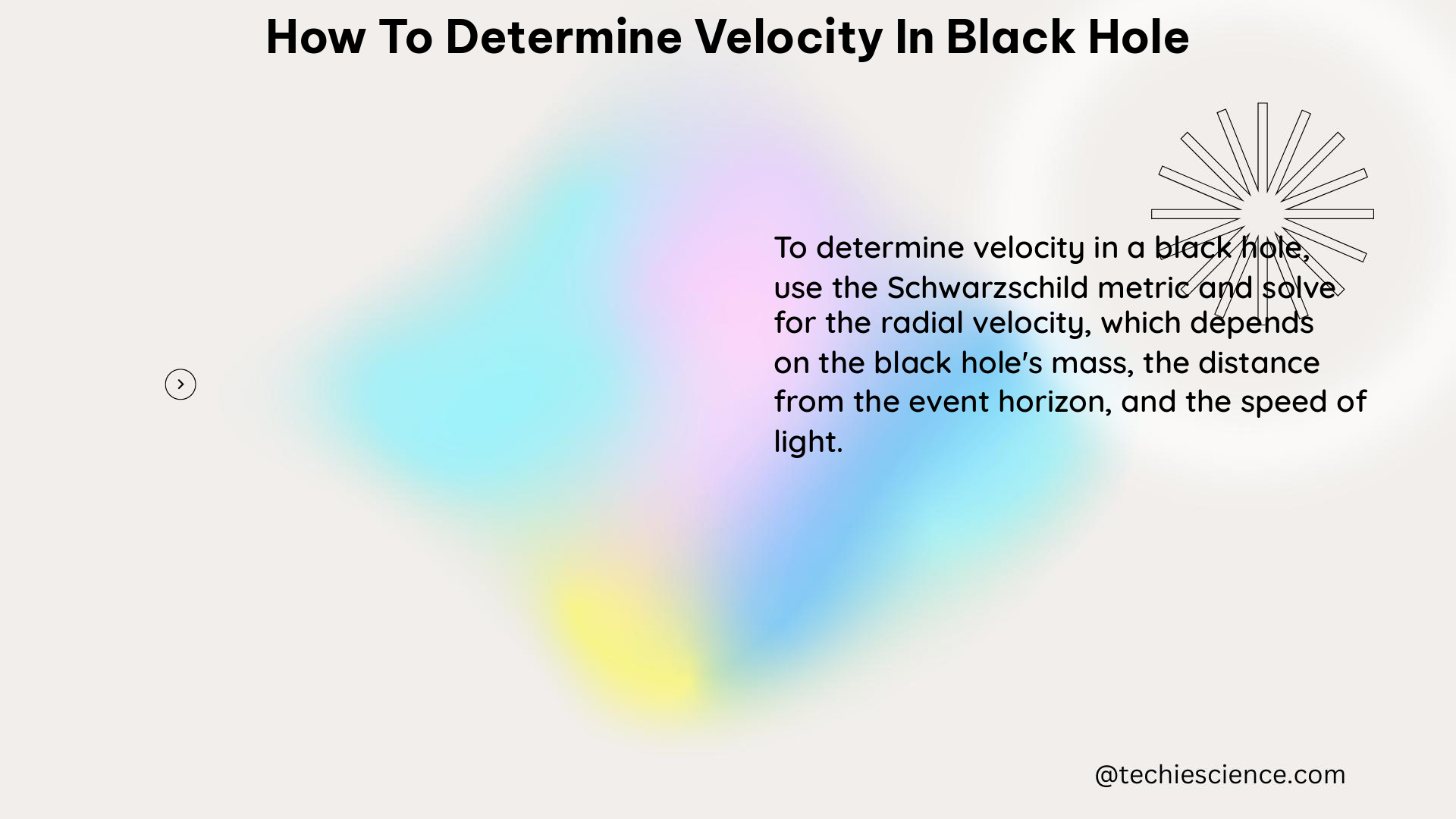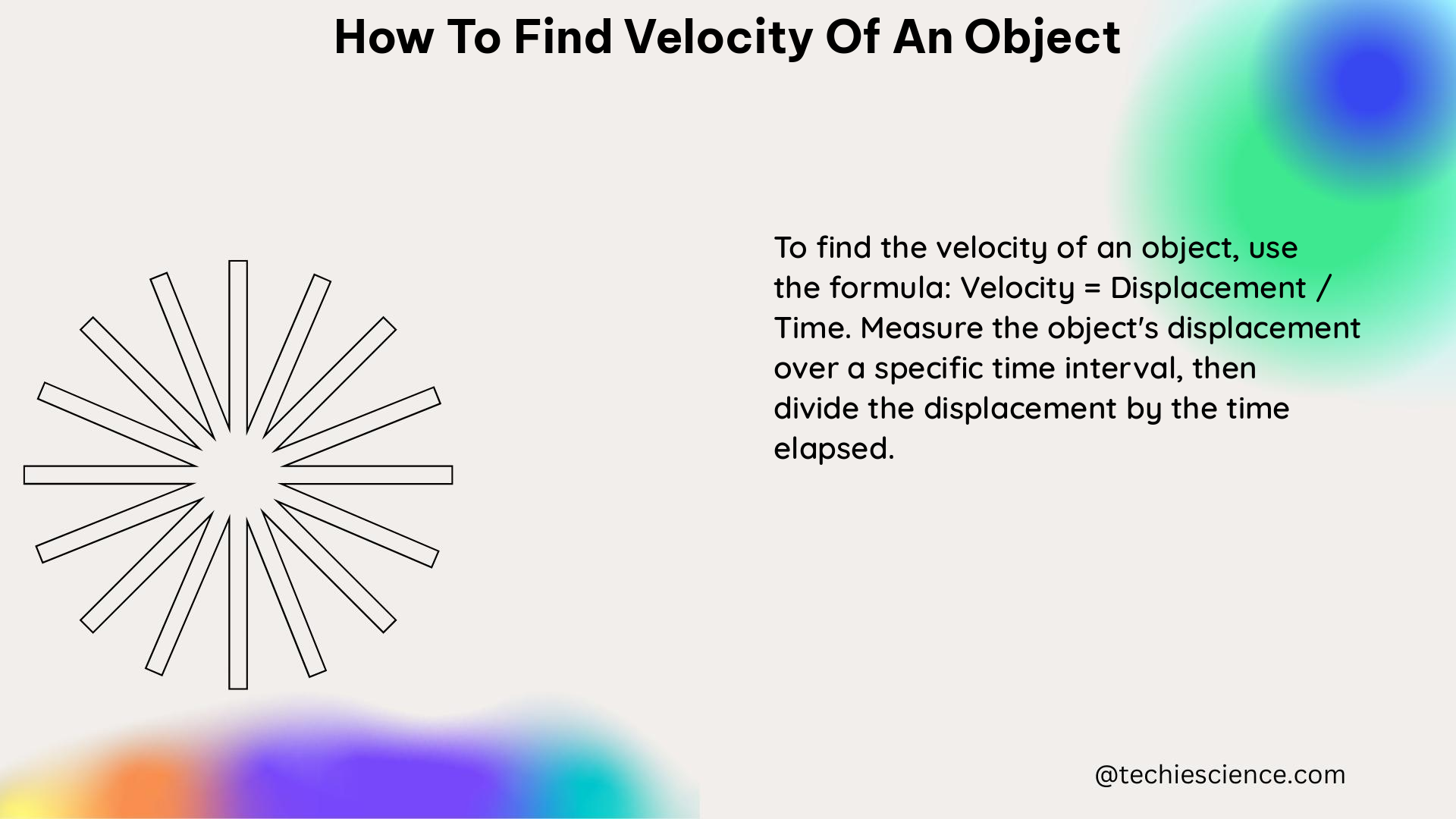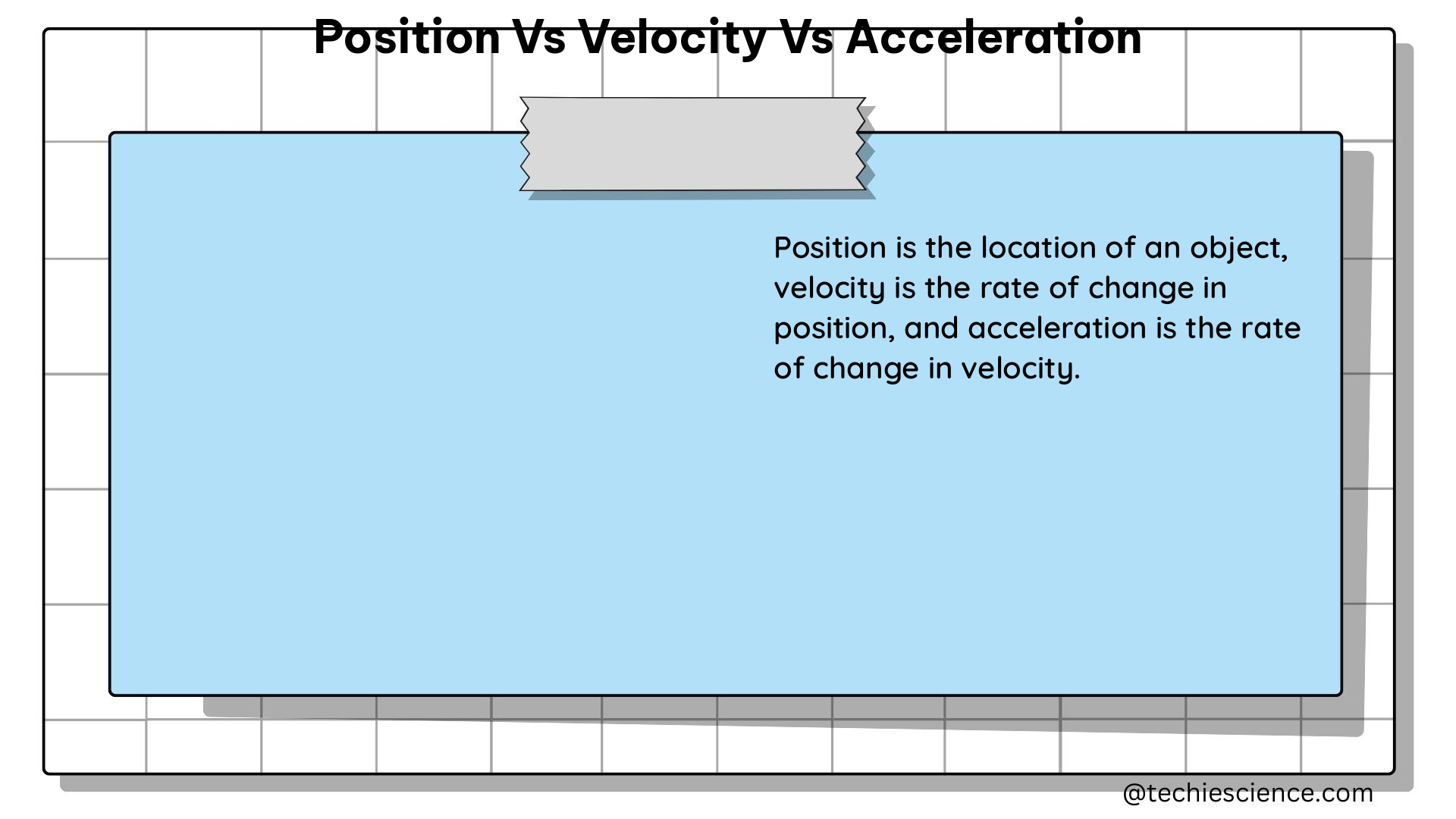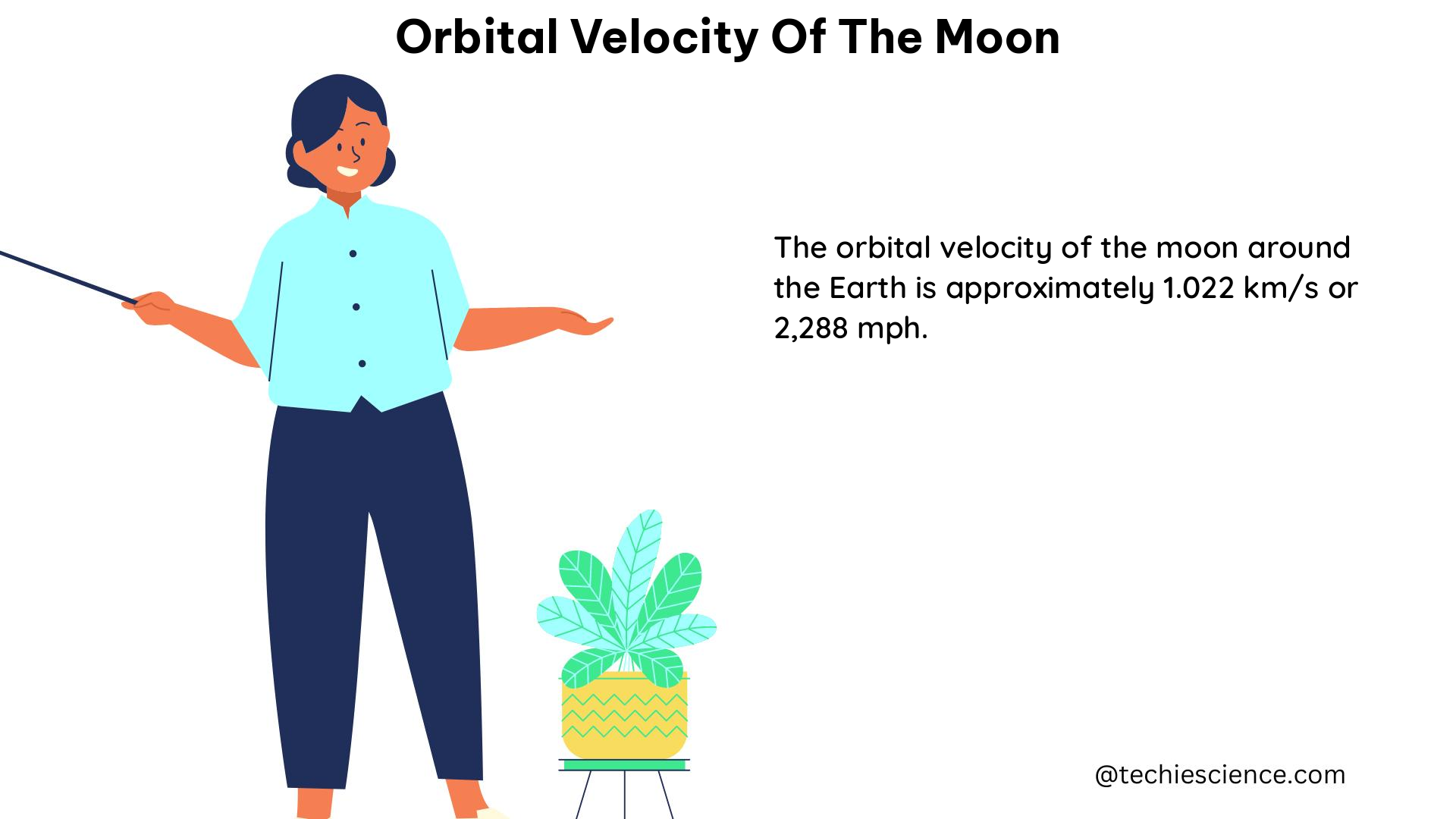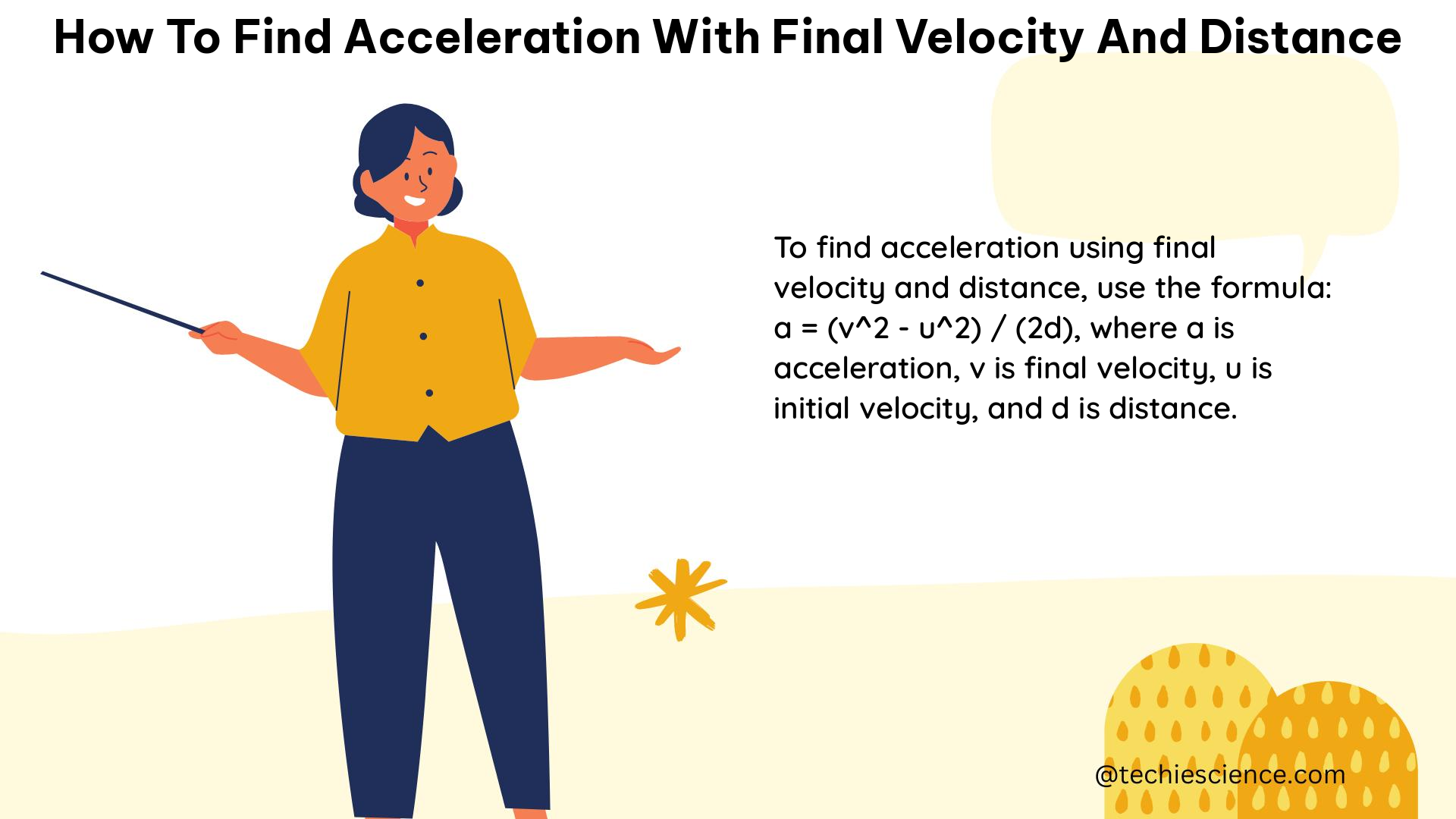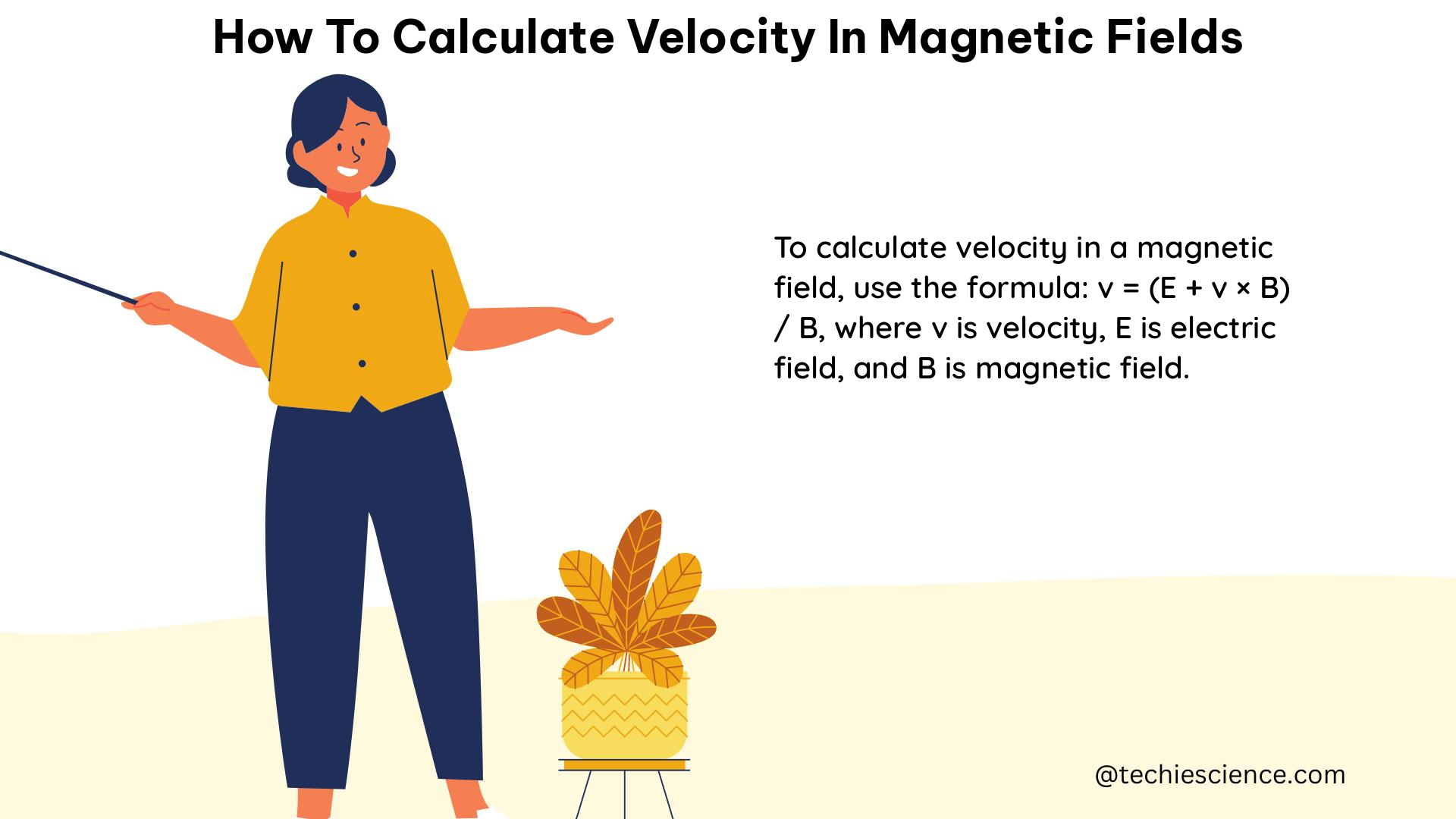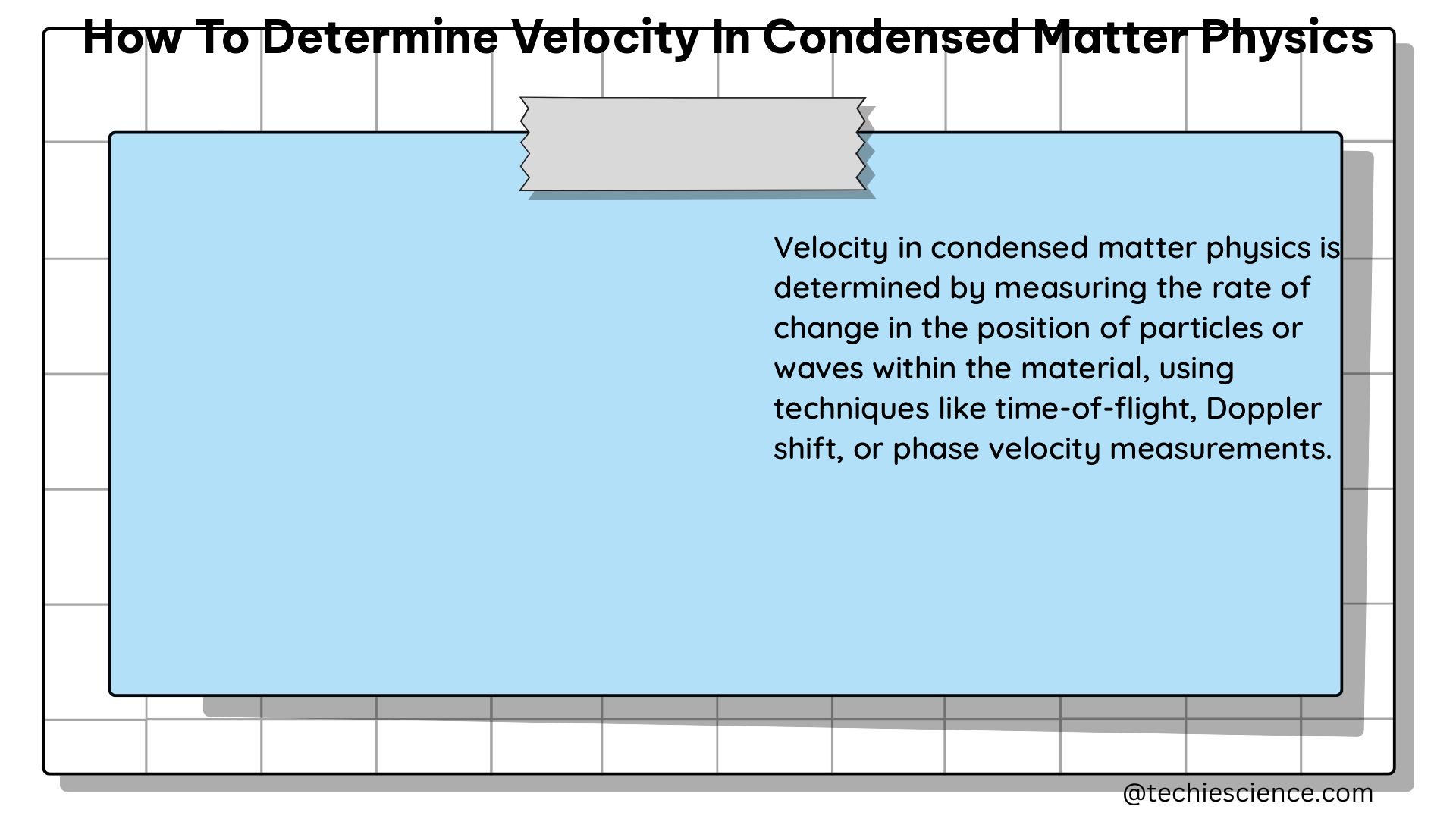How to Find Kinetic Energy Without Velocity: A Comprehensive Guide
Summary To determine kinetic energy (KE) without knowing the velocity of an object, you can utilize the principle of conservation of energy. By understanding the total mechanical energy (E) and the potential energy (PE) at a specific point, you can calculate the kinetic energy by subtracting the potential energy from the total energy. Understanding the … Read more
